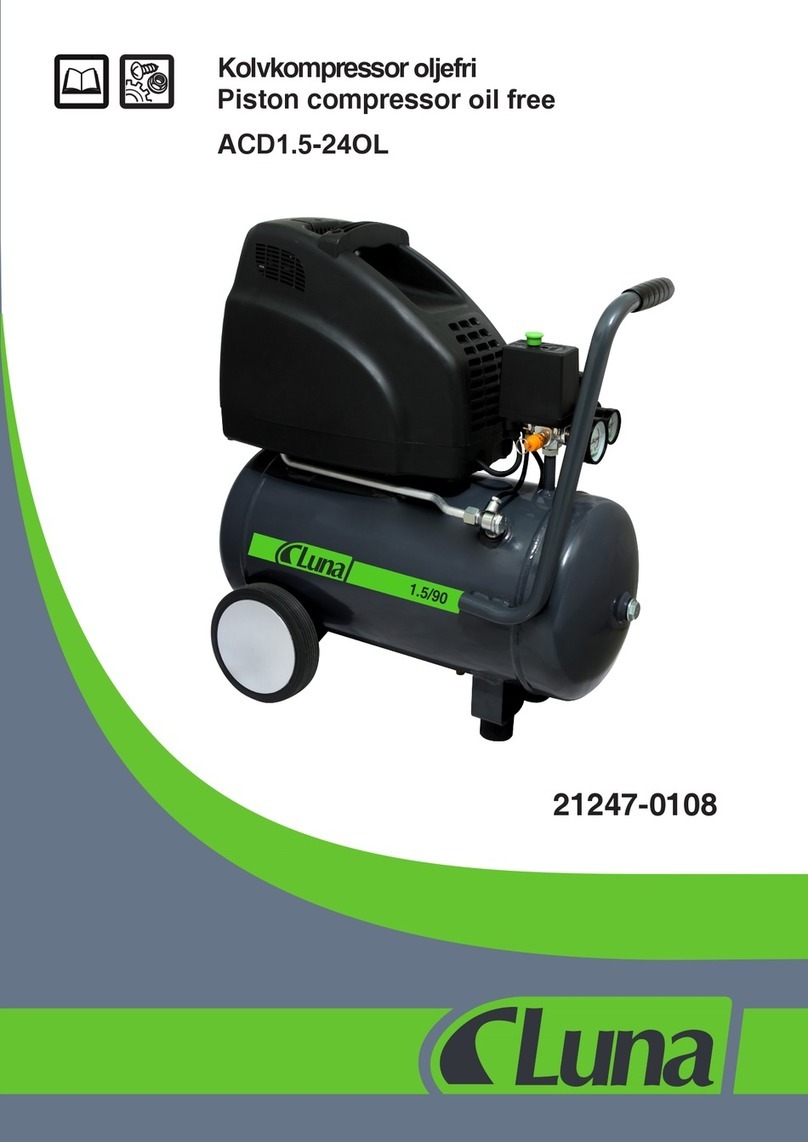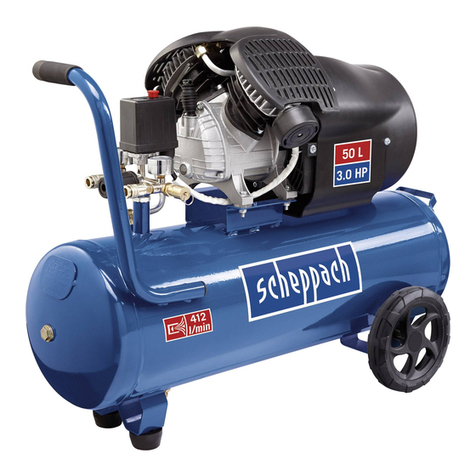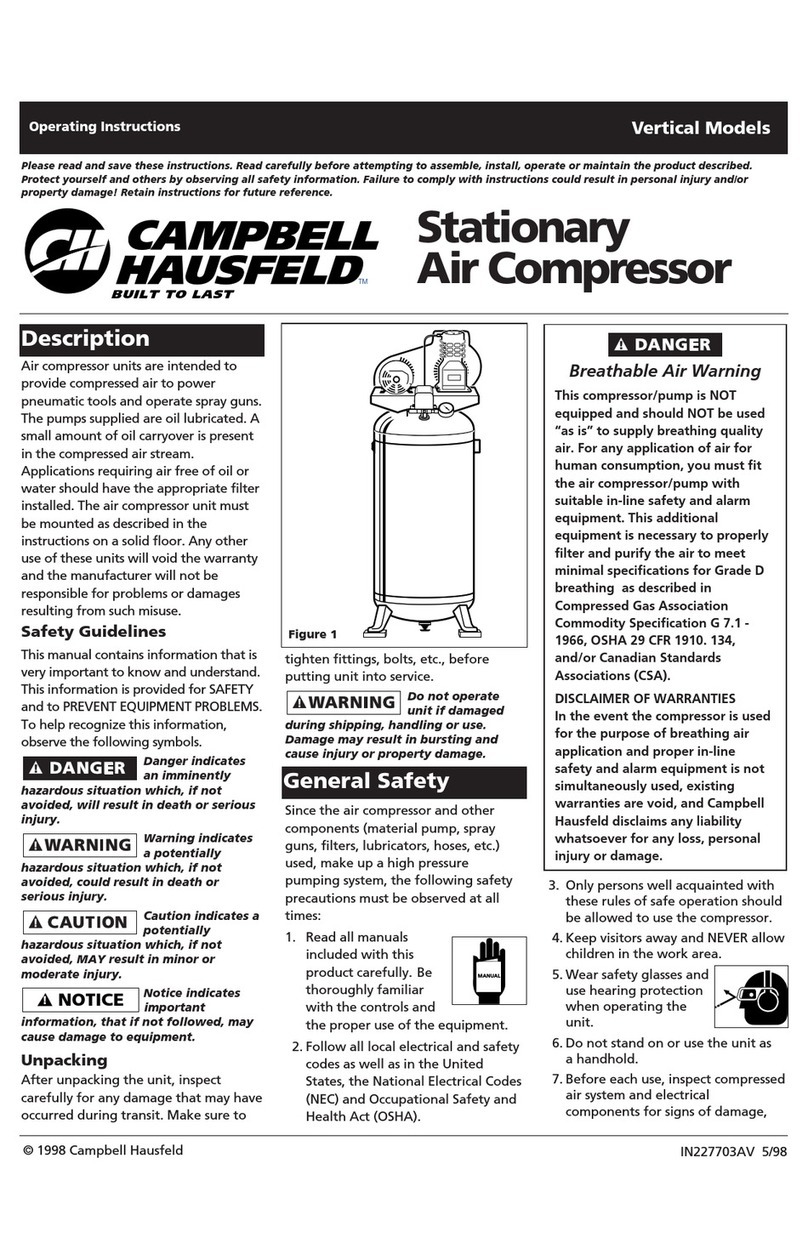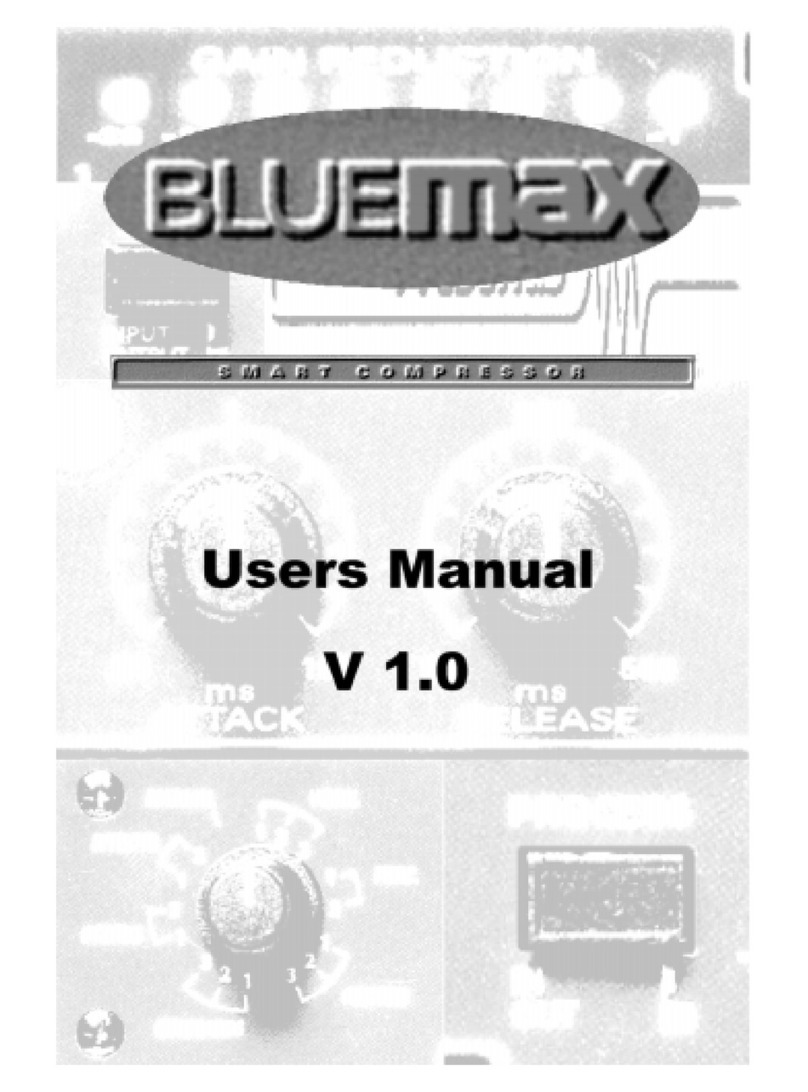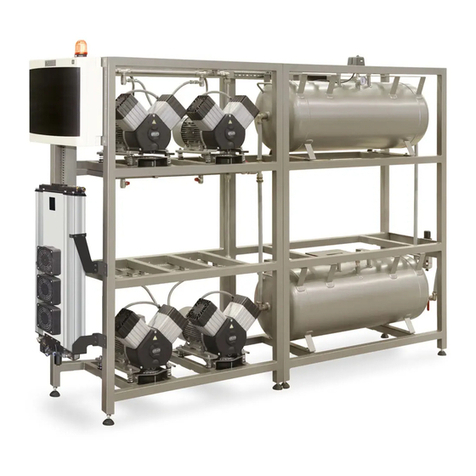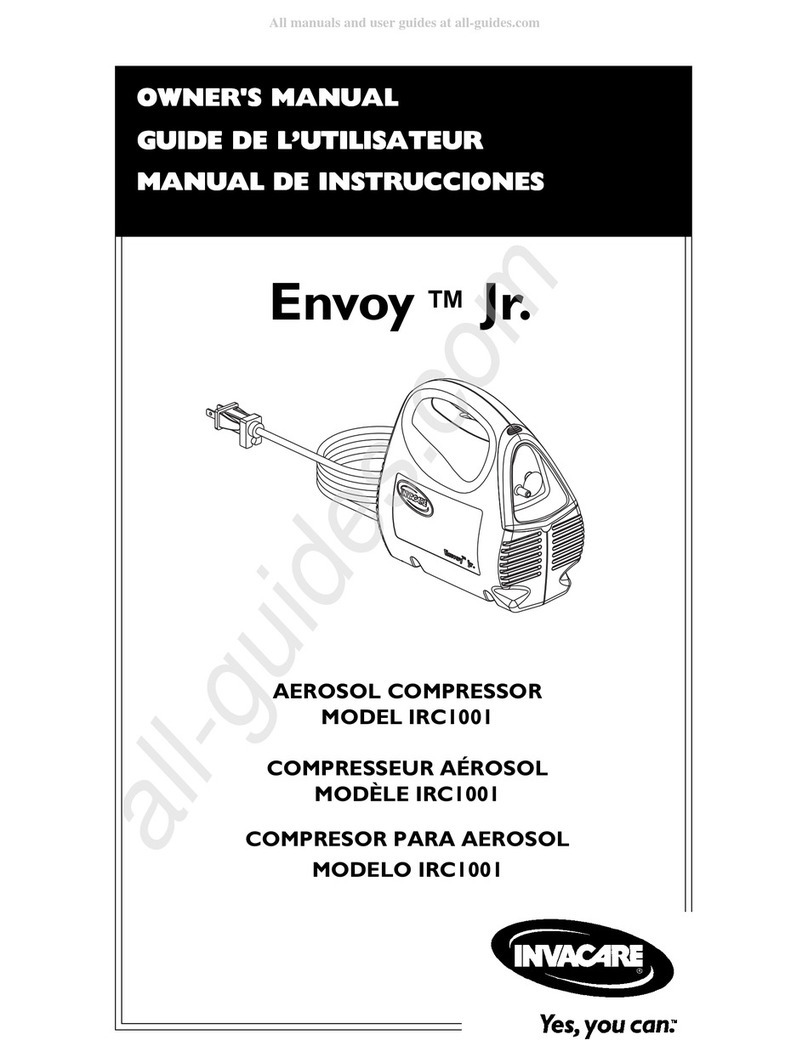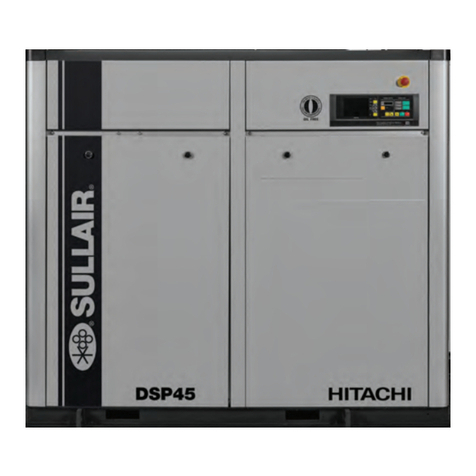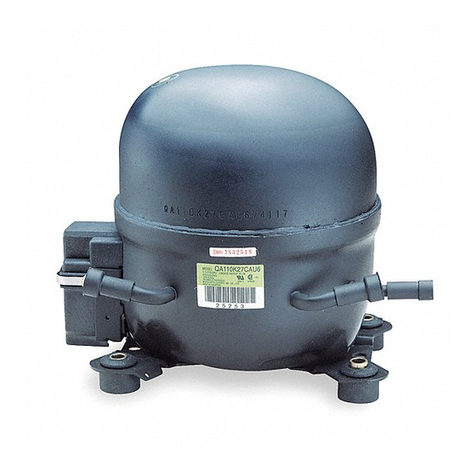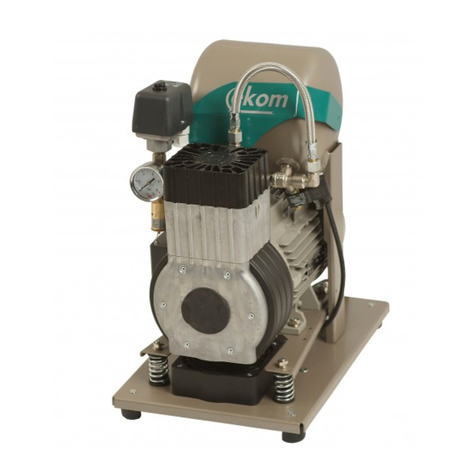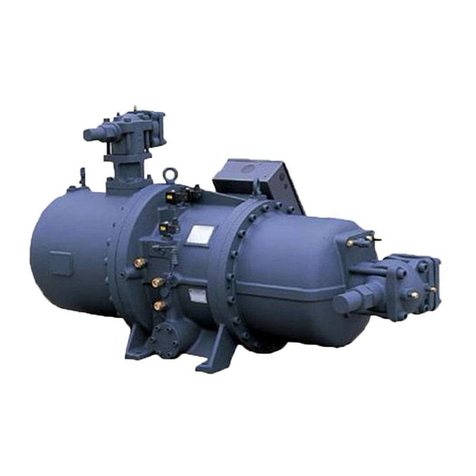
240 instruction Manual
Aphex Systems Ltd. Model 240Page 8
dual logic-gated easyrider™ compressor
Page 9Aphex Systems Ltd. Model 240
3.1 LEARNING THE LOGIC ASSISTED GATE
3.1.1 The Easiest Gate
Books aren’t much help in learning how to use a
Noise Gate effectively. Only direct experimentation
with audio sources can bring you to any point of pro-
ficiency. Luckily, the Logic Assisted Gate of the Model
240 is by far the easiest full featured gate to master
and use well.
3.1.2 Logic Assistance
What makes the Logic Assisted gate different is the
digital logic that is used to absolutely guarantee the
gate opens, holds, and releases exactly the same way,
as set by the controls, every time. Standard Noise
Gates operate on the principle that the audio wave
itself not only triggers the gate, but the power in the
wave is used to force open the gate and hold it open.
When the wave is low in power, such as a transient
drumbeat, or a spoken voice, the gate may open too
late, not fully open, chatter, or perhaps not even open
at all.
With Aphex’s Logic Assisted Gate, these things can’t
happen. If the threshold is reached, even by the
shortest transient, the logic system takes over and
operates the gate without depending on the power
of the sound wave. Logic will cause the full attack,
hold, and release to occur as determined by the front
panel adjustments. Even with a very slow attack set-
ting, a short transient like the leading edge of a snare
tap will bring the gate open fully. This translates to
extremely consistent gating with a threshold setting
that is far less critical. The full range of expression can
be gated successfully whereas with a standard Noise
Gate, it’s almost impossible to find a reliable threshold
setting that won’t miss some of the beats or misfire
on crosstalk.
IMPORTANT NOTE
To insure the logic function, the HOLD time
should always be set to a value at least equal to
the ATTACK time.
3.0 Using the 240
3.1.3 Brief Gate Tutorial
Here is a basic procedure for getting the benefits of
the Logic Assisted Gate. Of course, different sources
like voices, drums and guitars need different settings.
This example uses a recorded or live drum track:
1. Set Threshold, and Depth full CCW
2. Set Attack, Hold and Release full CCW.
3. Start the drum track. You won’t hear it yet because
the gate threshold is too high.
4. Begin turning the Threshold CCW until drum beats
start popping the Gate open. At first only the hardest
beats will pop through. Find the point where you can
get all the desired weaker beats.
5. Increase the Hold time until drums don’t quench
between pattern beats.
6. Increase the Release time to make the drum trails
sound more natural, but still quenched enough to
quiet the in-between noises and crosstalk from other
drums.
7. Slow up the attack time just to see how it affects
the drum attack. Find the setting you like most.
8. Reduce the Depth to the point where you get
enough noise attenuation but not necessarily a deep
dark sonic abyss (unless it’s what you want).
That’s about it. Most users will get the nack within
a few minutes. You will probably discover numerous
gating effects that you like while experimenting. One
thing the Logic Assisted Gate can do that no other
Gate can is to attack very slowly while still trigger-
ing positively every time. Try really slowing the attack
down and hear the almost “backwards drum” effect
it produces.
3.2 USING THE GATED EASYRIDER COMPRESSOR
3.2.1 Automatic Adjustment
The Easyrider Compressor takes into account what
other compressors don’t: the audio wave’s complex
energy level. It makes using compression exceptionally
easy by making adjustments automatically.
Figure 3-1. Front Panel View



